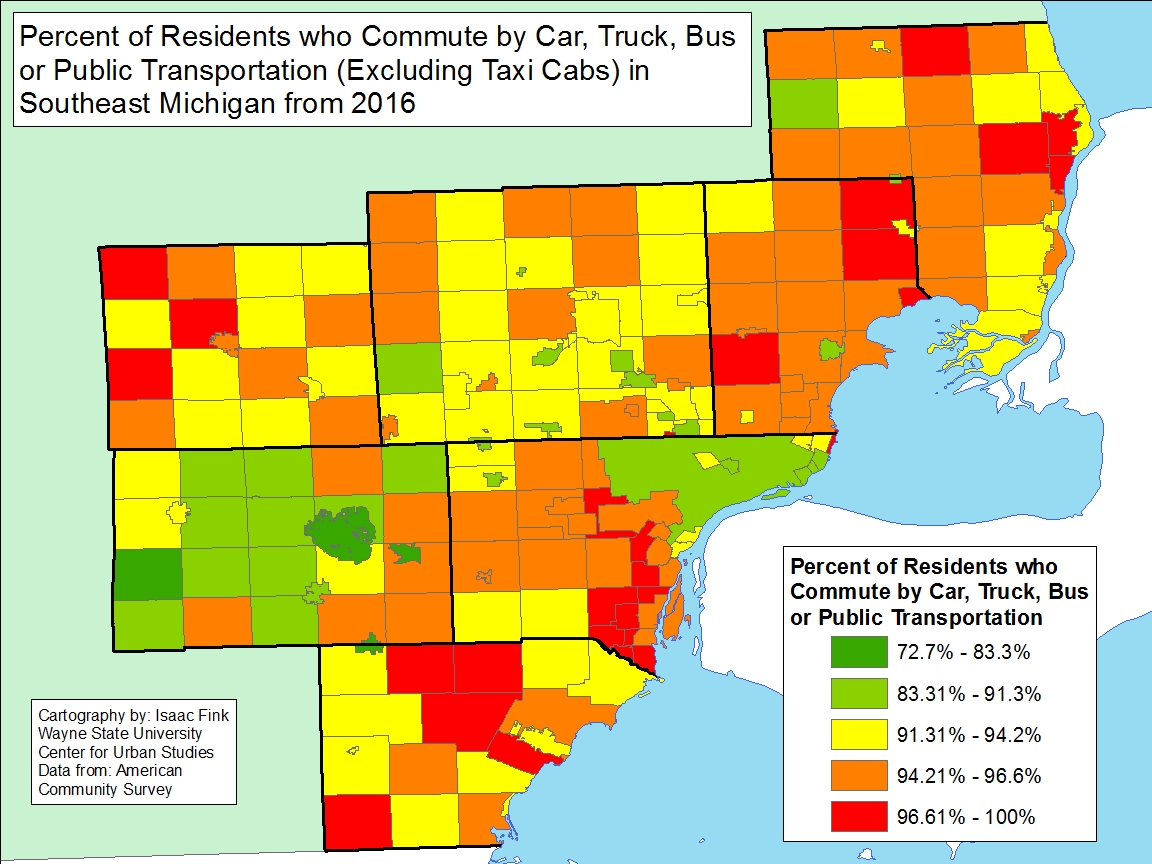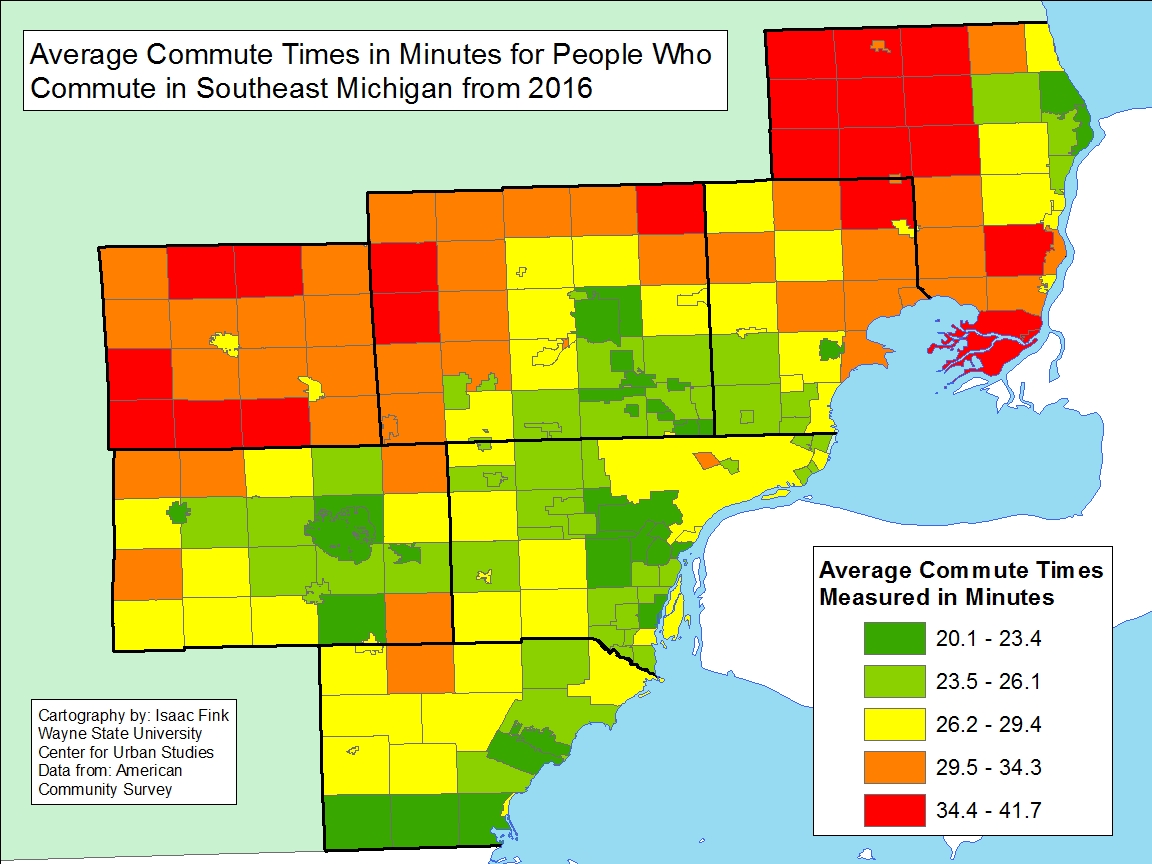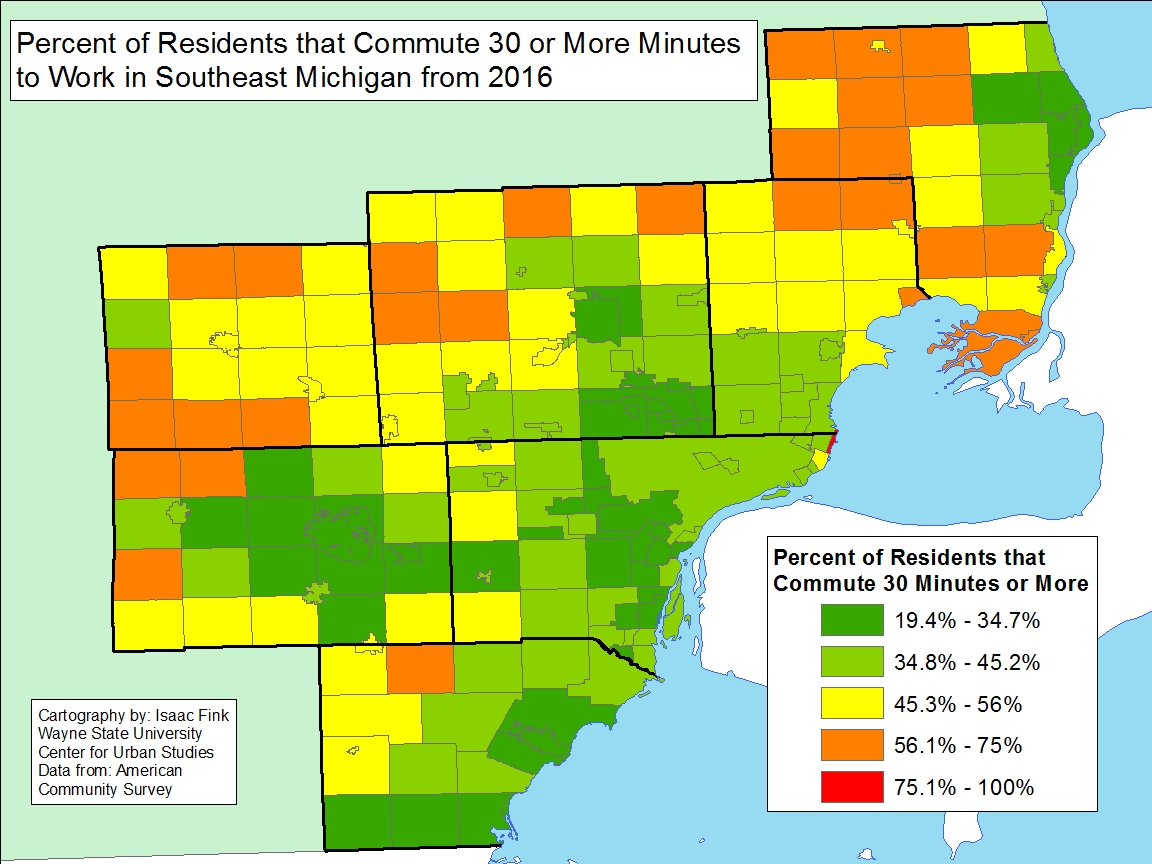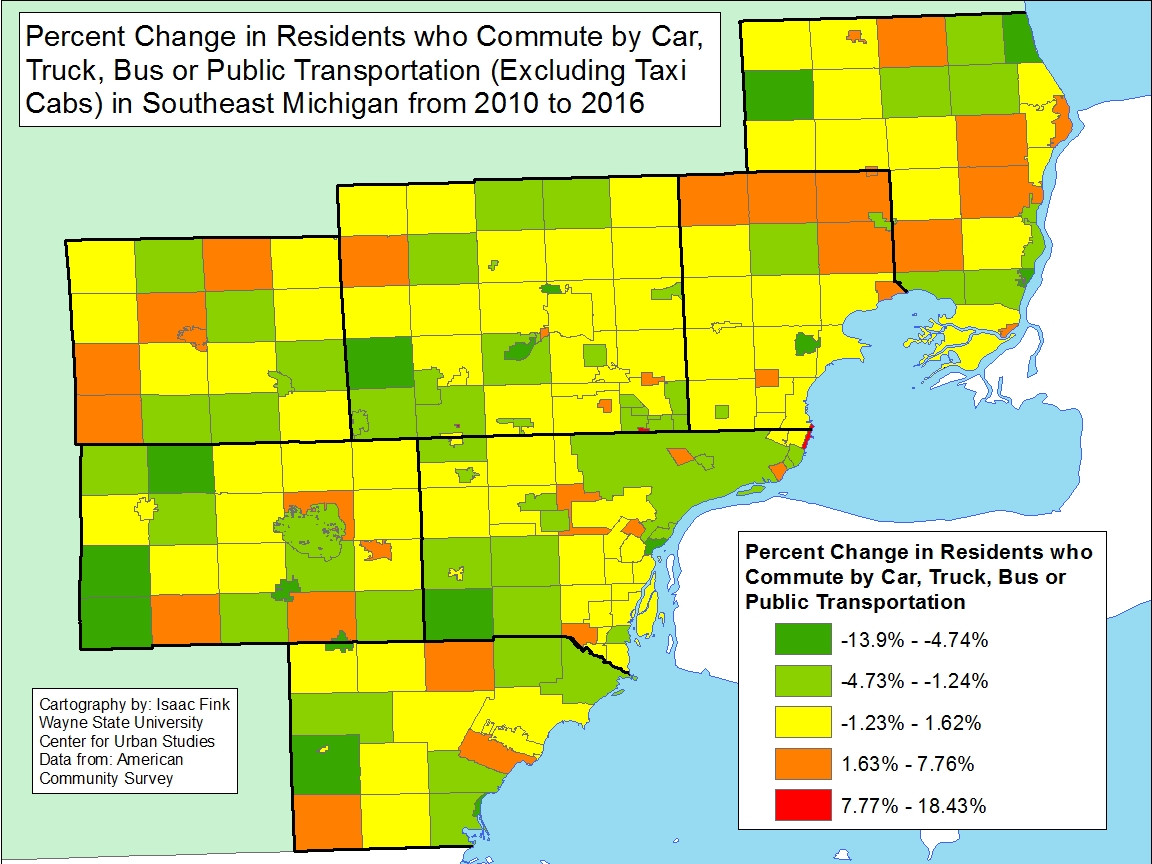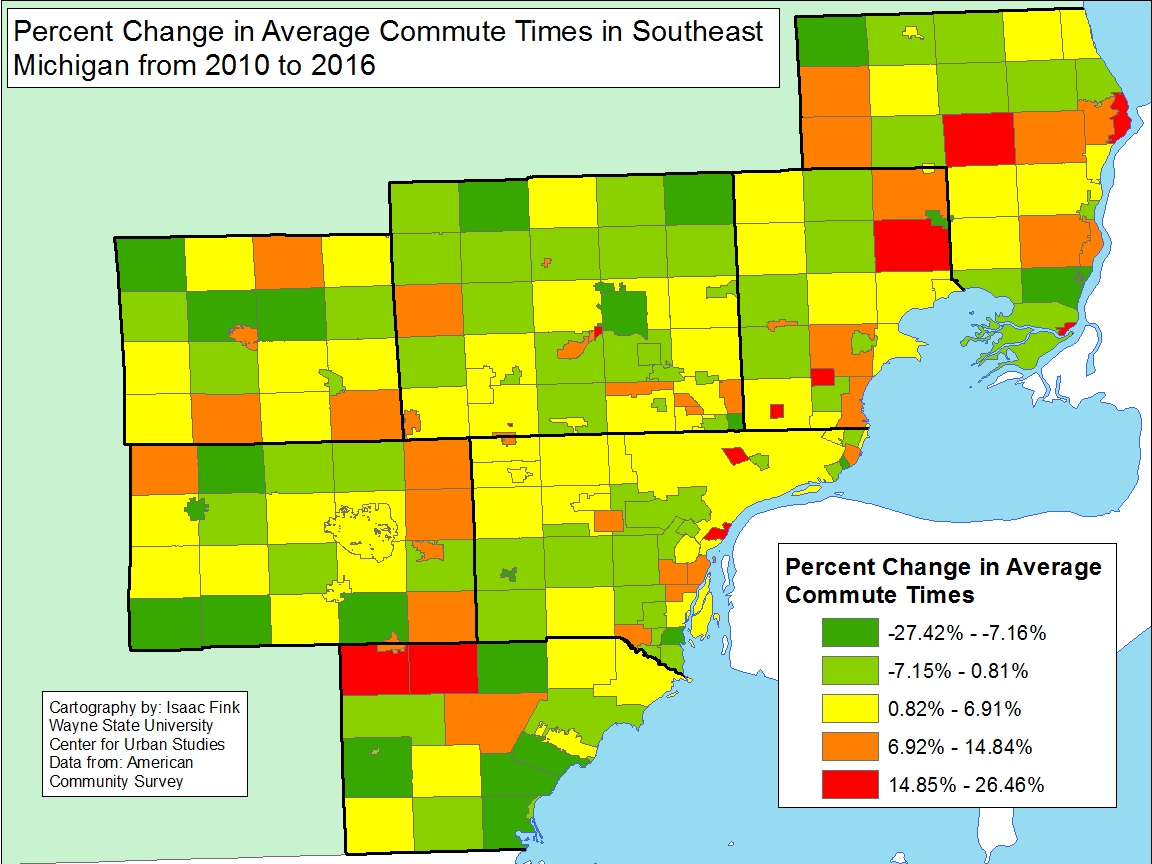Traffic fatalities in Michigan totaled just under 1,000 in 2018, a number that officials from the Michigan State Police said is too high. However, that number was below the 2016 and 2017 traffic fatality numbers which rose above 1,000. Below we examine the number of traffic fatalities and injuries in Southeastern Michigan, along with the number of fatalities and injuries related to alcohol, distracted driving and drugs. As the charts show, of the factors examined, alcohol is the largest contributor to traffic fatalities in the region.
Wayne County, which is also the largest county in the state, had the highest number of traffic fatalities at 164, 63 of which were alcohol related. Distracted driving contributed to 6 of the164 deaths and drugs contributed to 38. Oakland and Macomb counties had the second and third highest number of traffic fatalities in the region at 54 and 53. In Oakland County, of the 54 traffic fatalities, 13 were alcohol related, 3 were related to distracted driving and 8 were related to drugs. For Macomb County, alcohol contributed to 18 of the 53 traffic deaths and distracted driving contributed to 3 of the deaths; there were not any drug related traffic deaths.
When looking at the percentage of alcohol related traffic deaths compared to the total number of traffic deaths, Monroe County had the highest rate. Of the 29 traffic deaths in Monroe County in 2018, 48 percent of them (14) were alcohol related. St. Clair County had the lowest percentage at 6 percent. In 2018 there were 16 traffic deaths in St. Clair County and 1 was alcohol related. With those two exceptions, the percentage of alcohol related traffic deaths ranges between 24 and 38 percent.
Of the other two factors, drugs contributed more to traffic fatalities than distracted driving.


Injuries related to vehicle accidents are higher than fatalities and while Wayne, Oakland and Macomb still had the highest numbers in the region, the data shows that distracted driving was reported to be the largest contributor of the factors examined. Overall, data indicated that distracted driving contributed to an average of 10 percent of the traffic related injuries in Southeastern Michigan in 2018. In Macomb C, Monroe and Washtenaw counties distracted driving contributed to 11 percent of the traffic related injuries and in Wayne County distracted driving contributed to 7 percent.
Although Wayne County had the lowest percentage of distracted driving related traffic injuries in the region, it had the highest number at 1,082 (there were 16,578 total injuries). Alcohol was related to 897 traffic injuries in Wayne County and drugs were related to 281 injuries. In Oakland County there were 10,105 total traffic related injuries, 572 of which were alcohol related, 1,013 of which were related to distracted driving and 199 of which were related to drugs. In Macomb County there were 7,360 traffic related injuries, 391 of which were related to alcohol, 813 of which were related to distracted driving, and none of which were related to drugs. And, while Macomb County did not report any drug related traffic injuries in 2018, St. Clair County was the only county in the region where there were more drug related traffic injuries than alcohol or distracted driving injuries. In 2018 there were 931 traffic injuries in St. Clair County, 122 of which were related to drugs.


While the full 2019 Michigan State Police Report on traffic fatalities and injuries has not been released, officials maintain that they continue to strive for fewer than 1,000 fatalities each year. Additionally, officials have said they believe the lower 2018 number is related to additional efforts made to educate drivers and stricter enforcement. The 2019 numbers will be released in March, and at that time we will examine the new data and compare it to historical data.
